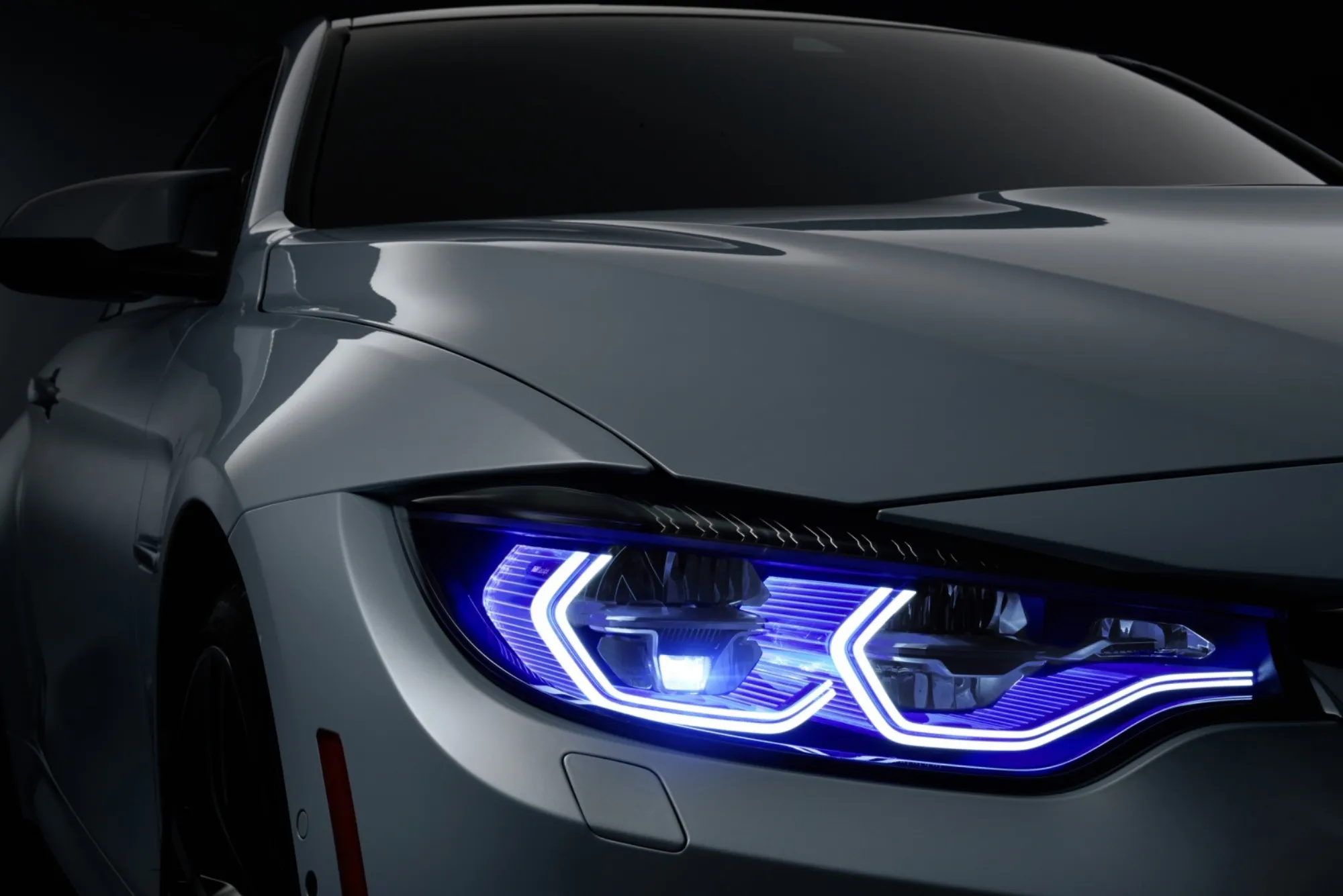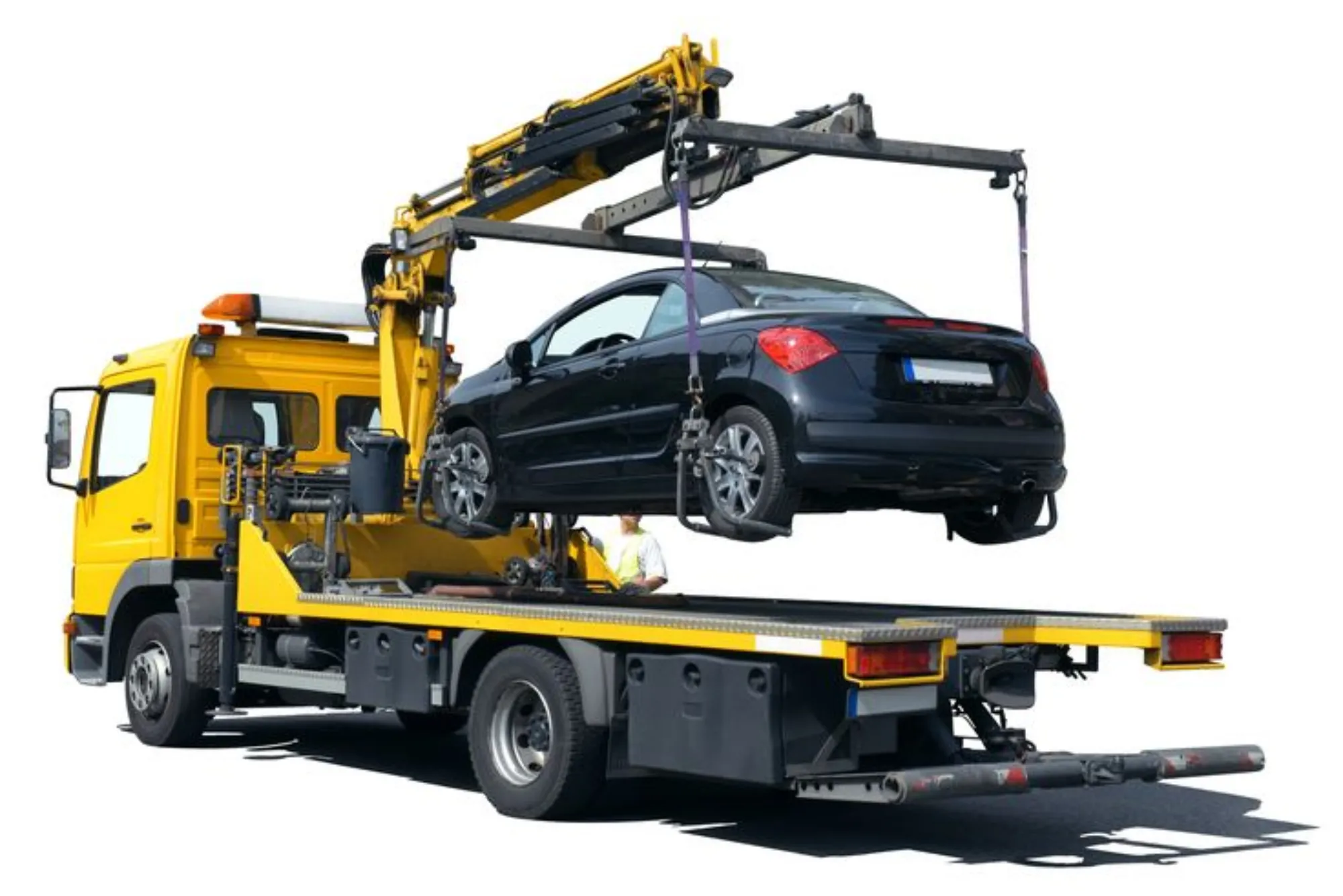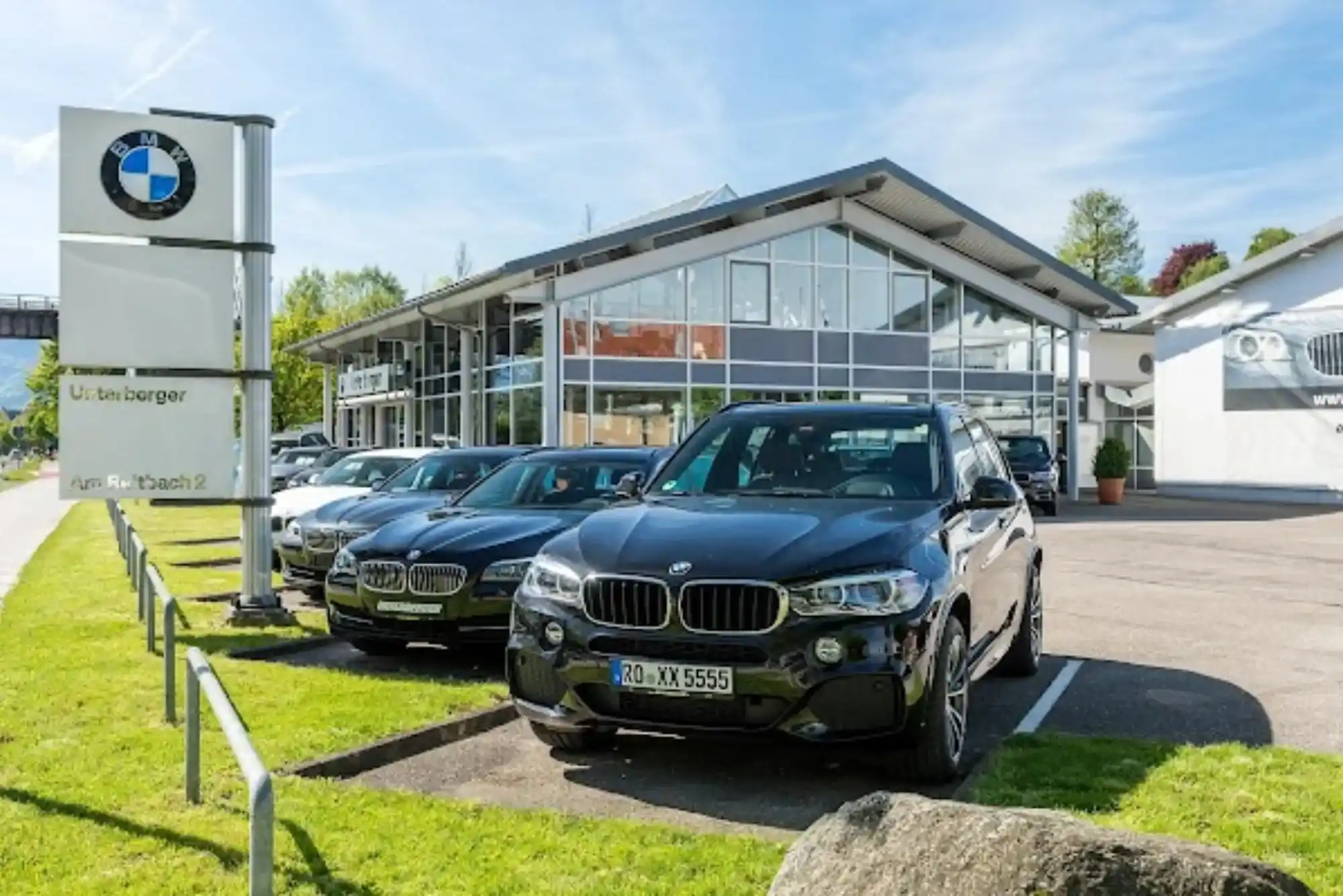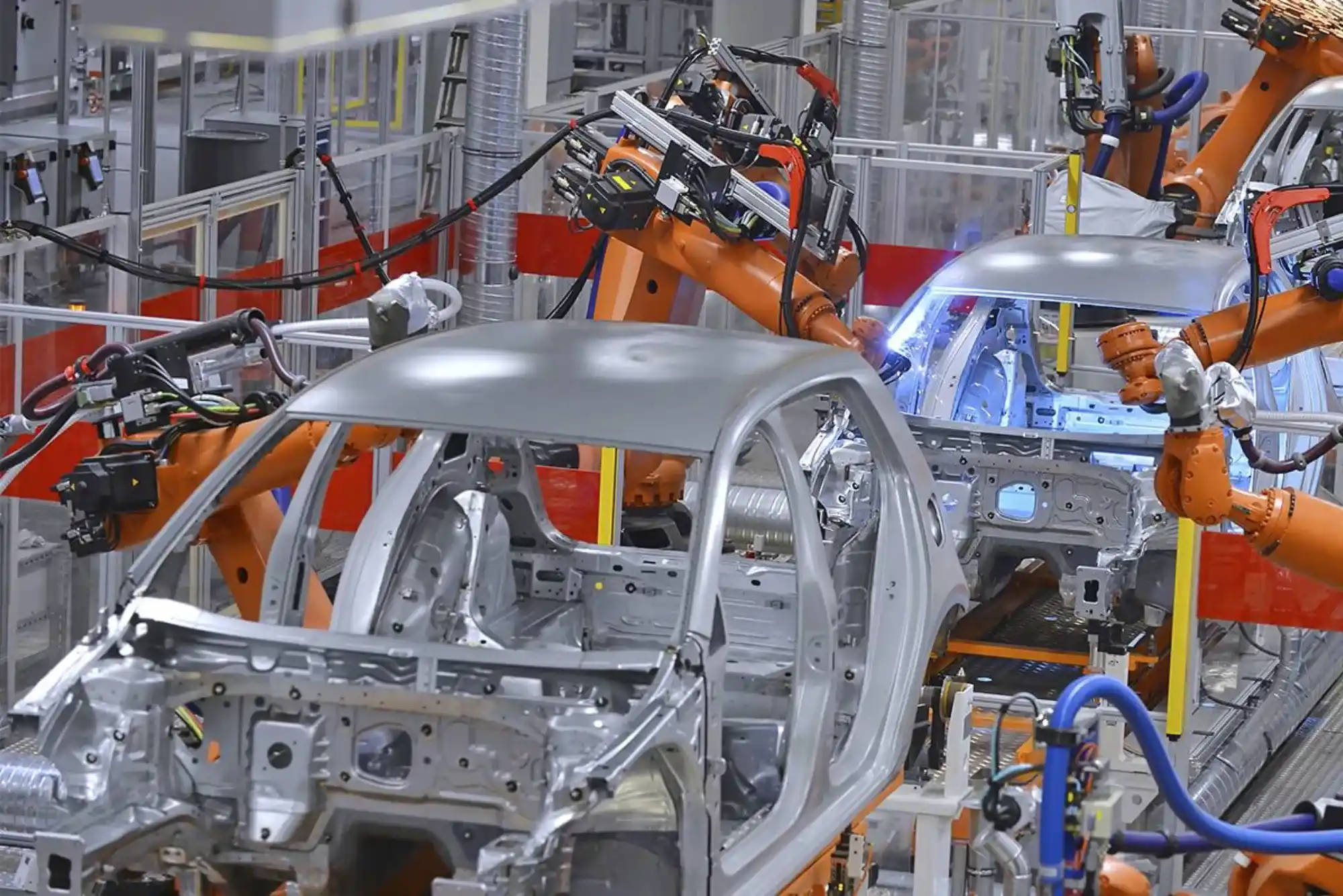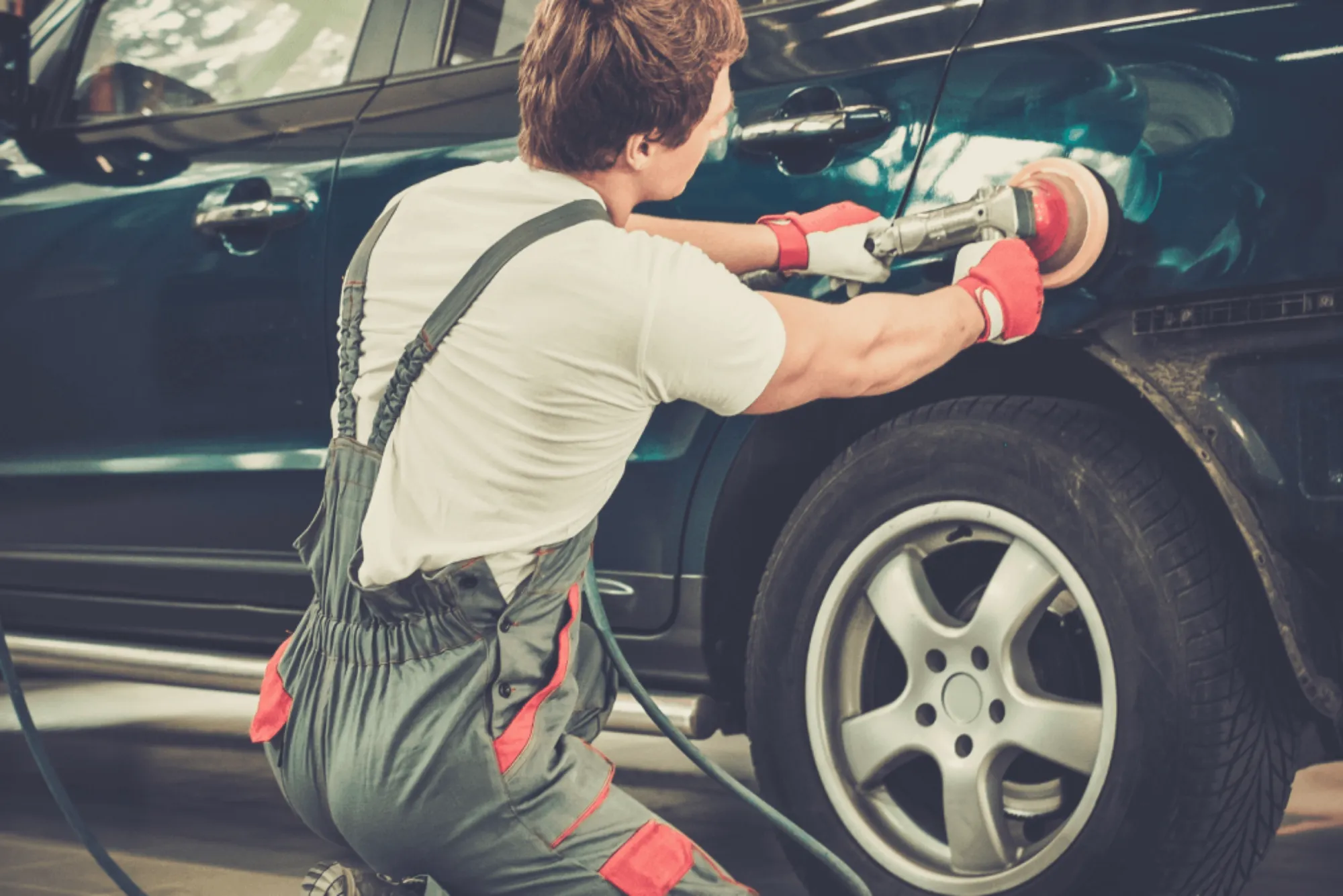Automobile headlights are a critical component for safe driving, especially at night or in poor visibility conditions. They allow drivers to see the road and surrounding environment and signal their presence to others. However, a common issue drivers face is the burning out of a single headlight while the other continues to function. This phenomenon is often perplexing, prompting drivers to question why one light fails before the other and what can be done to prevent or address the issue.
This article delves into the mechanics of vehicle headlights, the reasons for differential burnouts, and solutions for maintaining headlight performance.
The Mechanics Behind Automobile Headlights
Automobile headlights are typically powered by halogen, LED, or HID (High-Intensity Discharge) bulbs, each with a different mechanism, lifespan, and electrical requirement. In a standard setup, each headlight operates independently, powered by its wiring and circuitry. This setup allows each headlight to function separately, which is why a failure in one doesn’t necessarily mean both will fail simultaneously.
Due to the nature of their components, headlights, especially halogen and HID lights, are susceptible to burnout. For instance, the tungsten filament in halogen bulbs wears out over time due to heat and usage, eventually breaking and causing the bulb to fail. Although long-lasting, LED lights can suffer from power supply or thermal management issues, leading to individual failures.
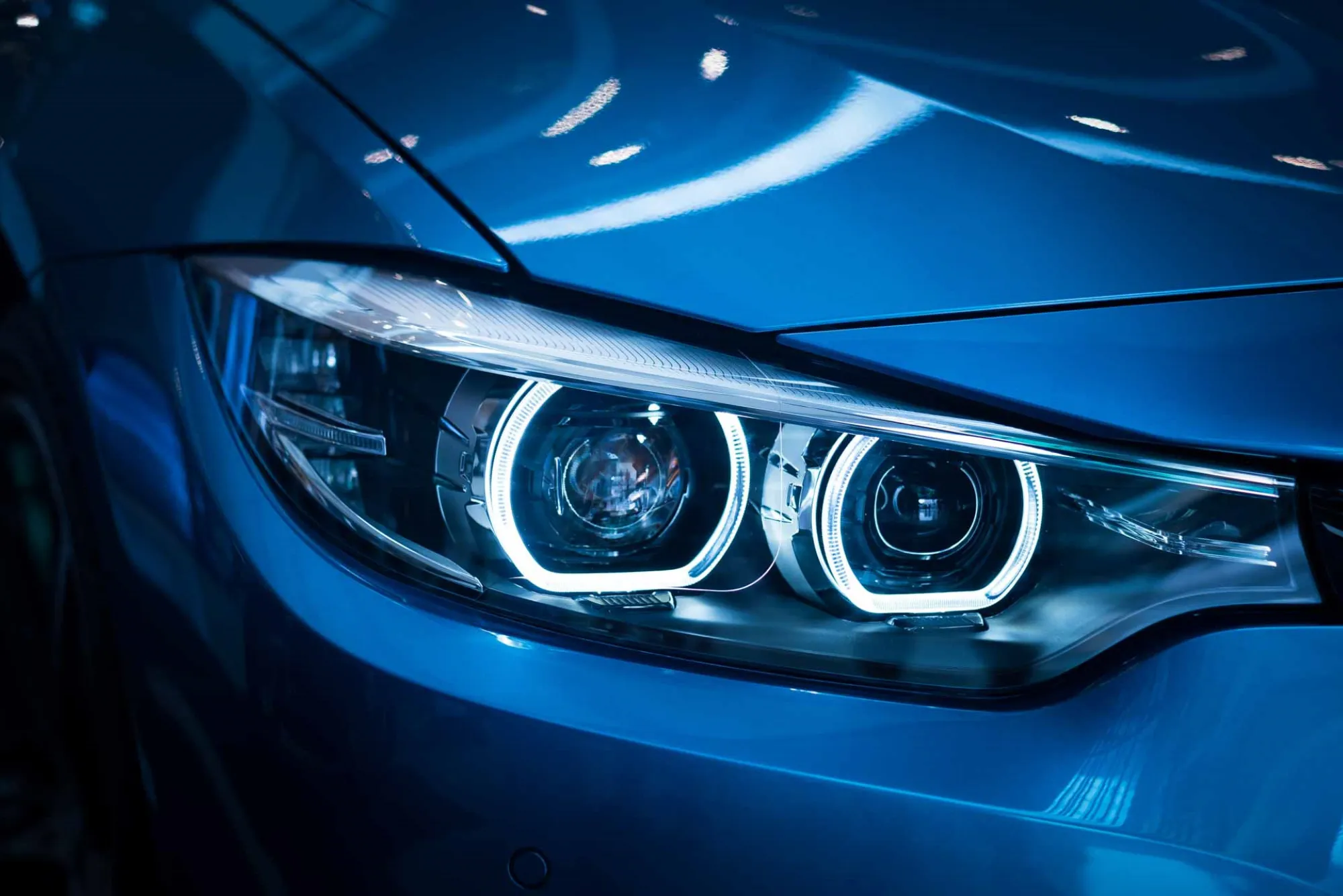
Reasons for Differential Headlight Burnouts
Several factors contribute to the burning out of one headlight while the other continues to work. Here are some of the main reasons:
Independent Circuitry for Each Headlight
Each headlight in an automobile is wired through its circuitry. This independence in wiring allows one light to function even if the other burns out, maintaining a degree of visibility for the driver. However, this separate circuitry also means that wear and tear or issues affecting one light’s wiring won’t automatically affect the other.
Inconsistent Usage or Power Distribution
Although headlights are generally used together, certain driving conditions may cause minor differences in power distribution or exposure to elements. For example, a headlight exposed to colder temperatures on one side of the vehicle may experience more condensation and higher wear, leading it to burn out faster.
Different Quality or Manufacturing Variance
Even when headlights are installed simultaneously, minor differences in manufacturing can cause one to have a shorter lifespan than the other. This is common with factory-installed bulbs, where quality control may not account for small variances in durability.
Power Fluctuations and Voltage Irregularities
Power irregularities, though rare, can cause one bulb to burn out prematurely. If the voltage in the car’s electrical system is slightly inconsistent, one bulb may be subjected to more stress than the other, causing it to fail sooner.
Environmental Exposure and External Conditions
Environmental exposure, such as exposure to rain, snow, and dust, can affect one headlight more than the other, especially if the seal around the headlight is compromised. For instance, if the left side of the car is frequently parked facing direct sunlight, it could lead to temperature-related stress on the left headlight, causing it to fail sooner.
Differences in Usage Intensity and Wear
Over time, the frequency and intensity of headlight use, as well as their exposure to different driving conditions, can cause slight wear variations. Headlights used more frequently in high-beam settings may wear out faster due to increased filament or diode strain.
Signs That a Headlight Is About to Burn Out
One of the primary concerns for drivers is the sudden failure of a headlight, which can leave them in the dark. However, there are often signs indicating that a bulb is nearing the end of its life. These signs include:
- Dimming of Light Output: As bulbs near burnout, their brightness gradually decreases, and you may notice that one headlight is dimmer than the other.
- Flickering Light: A flickering headlight may indicate a connection issue or an impending burnout.
- Color Changes in Light Output: Halogen headlights, in particular, may show a change in color, often becoming more yellowish as they age.
- Sudden On-and-Off Behavior: If a headlight occasionally turns off and then back on, it may indicate a loose connection or a filament nearing failure.
Preventive Measures to Avoid Headlight Burnout
Regular maintenance and preventive measures can help prolong headlight life and prevent the annoyance of single-headlight failures. Below are steps drivers can take to maximize the lifespan of their headlights:
Regular Inspections and Cleaning:
Dust, grime, and moisture can accumulate on and around headlights, reducing their efficiency and lifespan. Regular cleaning can ensure they operate in optimal conditions.
Checking for Voltage Stability:
Ensuring the vehicle’s electrical system is stable and free from irregular voltage fluctuations can protect headlights from undue stress. Mechanics can test the car’s voltage to confirm it’s within a safe range for headlight longevity.
Replacing Bulbs in Pairs:
To ensure even light output and lifespan, many experts recommend replacing both headlights at the same time. This approach ensures that both headlights wear out at a similar rate, preventing one from burning out before the other.
Using Quality Replacement Bulbs:
When replacing a burned-out bulb, choosing high-quality, reputable bulbs can make a difference. Premium bulbs often come with better warranties and lifespan expectations.
Ensuring Proper Installation and Sealing:
Proper installation and sealing are vital, as a compromised seal can allow moisture or debris to enter, causing bulb degradation. During installation, mechanics can ensure the housing is properly sealed.
Comparison of Headlight Types and Their Lifespans
| Headlight Type | Average Lifespan | Common Causes of Burnout | Maintenance Tips |
|---|---|---|---|
| Halogen | 450-1,000 hours | Filament wear, heat exposure | Regular inspection, cleaning, voltage check |
| HID | 2,000-3,000 hours | Power fluctuations, heat issues | Voltage stability, check for flickering |
| LED | 15,000-30,000 hours | Thermal management, circuit issues | Ensure proper cooling, voltage check |
When to Seek Professional Help
While some headlight issues can be resolved with a simple bulb replacement, other underlying problems may require professional attention. If a driver notices repeated burnouts in the same headlight, flickering, or power issues, it could indicate an electrical fault that needs further inspection.
Technicians can also test the car’s battery and alternator to ensure the headlight is receiving stable power. For newer vehicles equipped with LED or HID lights, specialized handling may be necessary due to their complex circuitry and sensitivity to voltage changes.
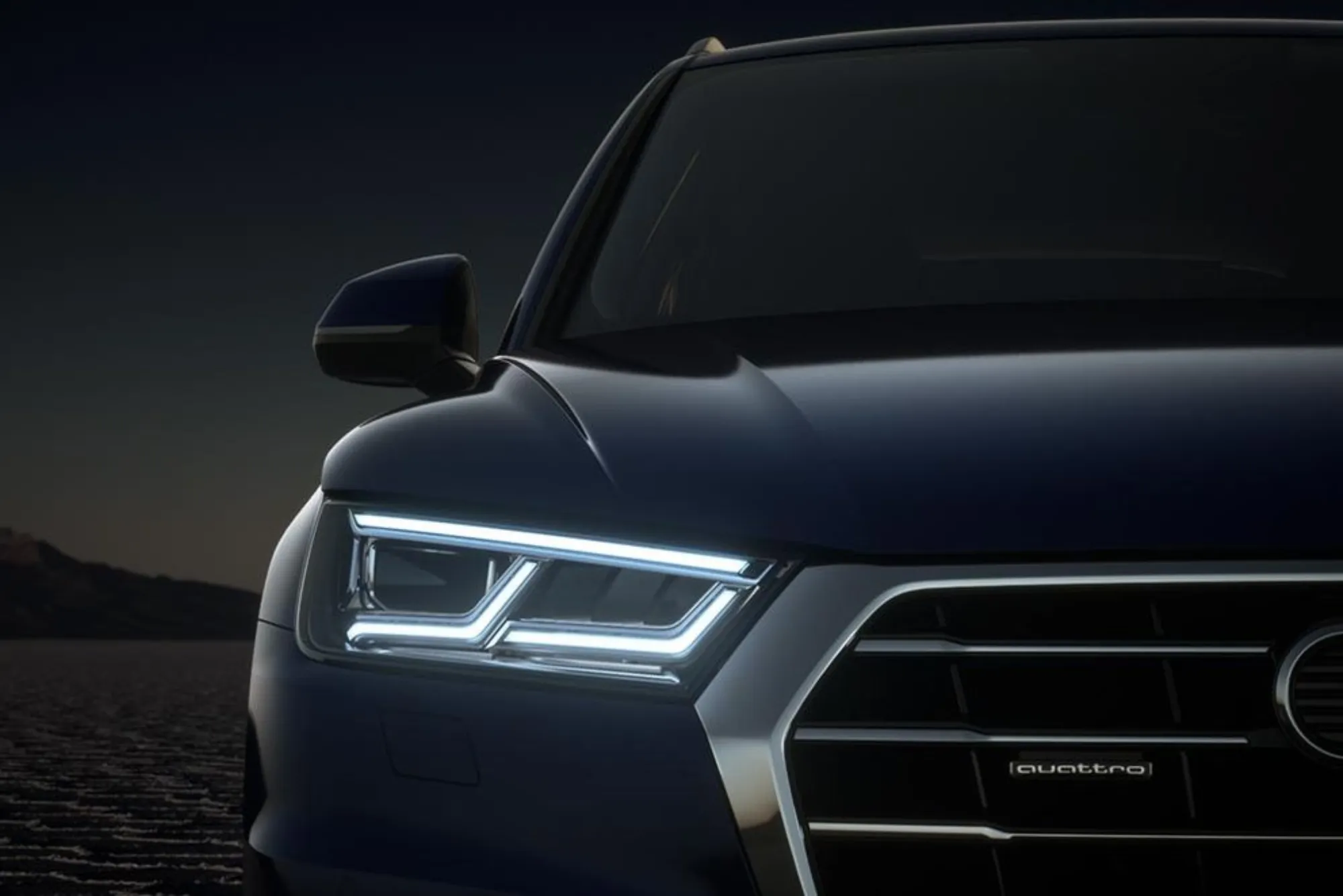
Understanding why one automobile headlight can burn out while the other continues to function helps drivers recognize the complexity of headlight maintenance and the factors influencing bulb longevity. It is influenced by independent circuitry, manufacturing variances, environmental exposure, and other conditions that affect each headlight differently. By conducting regular maintenance, ensuring voltage stability, and considering the replacement of headlights in pairs, drivers can significantly reduce the likelihood of experiencing single-headlight burnout. When issues persist, consulting a professional ensures that any underlying electrical or circuit issues are addressed.
The key to avoiding unexpected headlight failures lies in proactive care and attention to signs of wear. Ensuring proper sealing, inspecting the electrical system, and choosing quality replacement bulbs are vital steps to achieving a long-lasting, reliable headlight setup that keeps drivers and passengers safe on the road.

